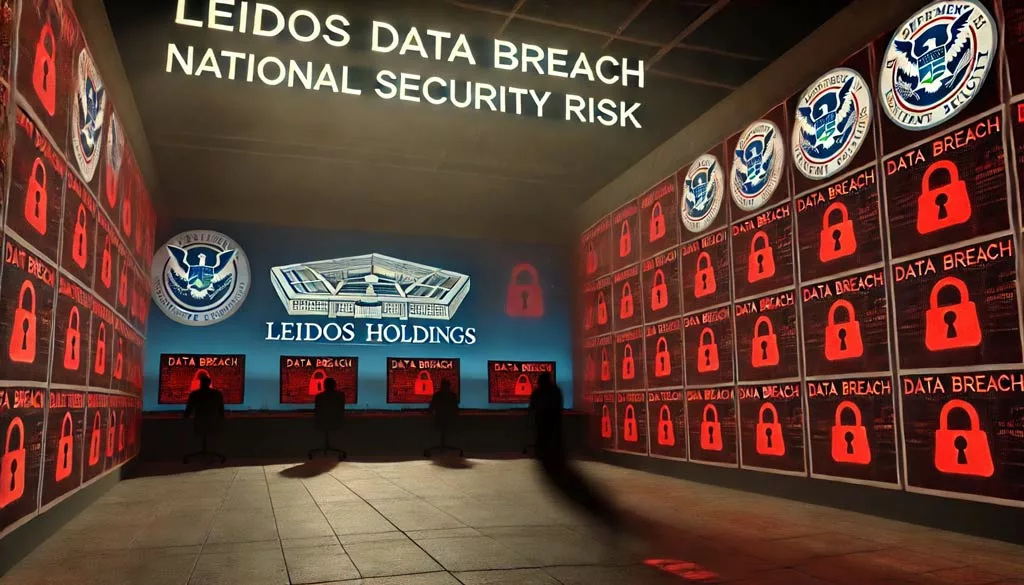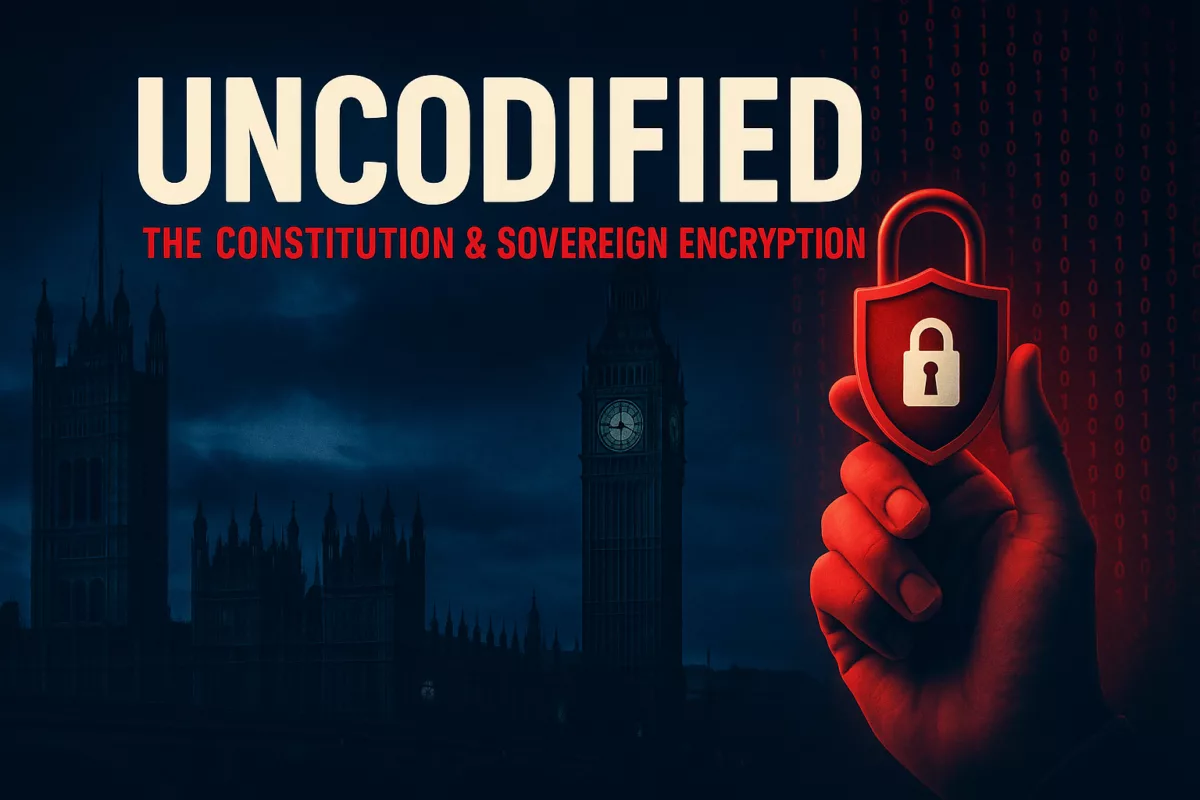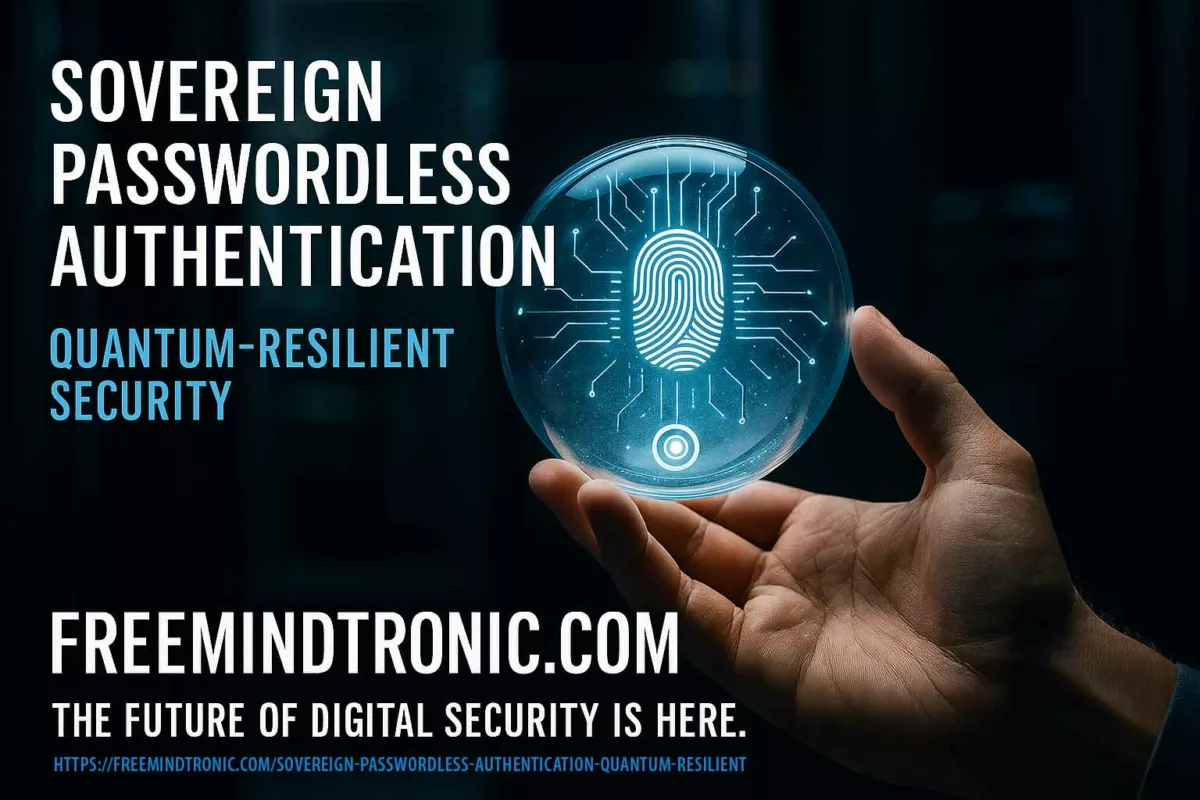Leidos Data Breach: National Security Risk
Discover how the Leidos Holdings data breach exposed critical vulnerabilities in U.S. government agencies, the technical failures that led to it, and how DataShielder’s advanced encryption solutions could have prevented this major security incident.
Stay informed with our posts dedicated to Digital Security to track its evolution through our regularly updated topics.
A Major Intrusion Unveiled
In July 2024, the Leidos Holdings data breach came to light, revealing sensitive internal documents on a cybercriminal forum. These documents exposed critical vulnerabilities within the IT infrastructure of several U.S. government agencies, including the Pentagon, Homeland Security, and NASA. The details of the breach remain unclear, but initial reports suggest significant national security implications.
Chronology of the Leidos Holdings Data Breach
April 2022: Initial Breach
Steele Compliance Solutions, a subsidiary of Diligent Corp. acquired by Leidos in 2021, suffered a data breach in April 2022. This attack compromised sensitive information hosted on Diligent’s systems, affecting several clients, including Leidos Holdings.
November 2022: Notification and Response
In November 2022, Diligent Corp. informed Leidos and other affected clients of the breach. Immediate corrective actions were taken, but the extent of the data compromise was still under evaluation.
June 2023: Legal Disclosure
A legal filing in Massachusetts in June 2023 revealed that Leidos used Diligent’s system to host information collected during internal investigations. This filing indicated that the compromised data included sensitive internal documents from Leidos.
July 2024: Public Disclosure
In July 2024, hackers disclosed Leidos’ internal documents on a cybercrime forum. These documents exposed critical vulnerabilities in the IT infrastructure of several U.S. government agencies.
Historical and Strategic Context of Leidos Holdings Data Breach
The Role and Importance of Leidos Holdings
Leidos Holdings, formerly known as Science Applications International Corporation (SAIC), is a cornerstone in the field of defense and national security technology. Founded in 1969, the company engages in critical projects for agencies such as the Pentagon, NASA, and Homeland Security. Their expertise spans information systems, artificial intelligence, and cybersecurity solutions.
Technical Analysis of Vulnerabilities Exposed in the Leidos Holdings Data Breach
Details of the Vulnerabilities
The leaked documents revealed several critical vulnerabilities in the encryption protocols used by government agencies. Specifically, cybercriminals exploited weaknesses in both symmetric and asymmetric encryption protocols. These vulnerabilities included:
- Weakness in Symmetric Encryption: The symmetric encryption keys used were sometimes too short or reused, making the data vulnerable to brute force attacks. Once these keys are compromised, all data encrypted with them becomes accessible to attackers.
- Problems in Key Management: Private keys used for asymmetric encryption were not securely stored, allowing attackers to access and decrypt data. Additionally, outdated or misconfigured key management protocols enabled attackers to intercept keys during transmission.
- Lack of Protocol Updates: The encryption protocols in use were not regularly updated, leaving known vulnerabilities exploitable by attackers.
Solutions from DataShielder to Prevent Similar Incidents
Advanced Encryption with DataShielder
Using solutions like DataShielder NFC HSM and DataShielder HSM PGP provides enhanced protection by offering advanced encryption upfront, with keys secured in NFC HSM modules or through multi-support key segmentation. This approach eliminates all risks of key compromise. Even if the primary encryption system is breached, the data remains encrypted.
- Addressing Weakness in Symmetric Encryption: DataShielder employs advanced encryption algorithms such as AES-256 CBC and AES-256 CBC PGP, which are considered post-quantum, thus providing robust protection against brute force attacks.
- Solving Key Management Issues: DataShielder stores keys securely in NFC HSM modules or across multiple supports, making key compromise extremely difficult.
- Ensuring Security Despite Protocol Updates: DataShielder does not rely on existing encryption protocols, as data and messages are encrypted before using potentially compromised protocols. This ensures that data remains encrypted even if protocols are not regularly updated.
In this specific case, if DataShielder solutions had been employed, the cybercriminals would have only stolen encrypted data. DataShielder thus ensures robust key management, essential for protecting sensitive and classified data.
Counter-Espionage Solutions by DataShielder
DataShielder NFC HSM and DataShielder HSM PGP also serve as effective counter-espionage solutions. They prevent unauthorized access and ensure that sensitive data remains encrypted, even if compromised. These advanced encryption methods protect against espionage activities, providing an additional layer of security for classified information.
Impact and Responses to the Leidos Holdings Data Breach
Government Agency Responses
In response to the breach, the Department of Defense announced reinforced security protocols and close collaboration with Leidos to identify and rectify the exposed vulnerabilities. NASA also issued a statement indicating that it is currently reviewing its security systems to prevent future compromises.
Recommendations for Organizations
Enhancing Security Measures
To prevent similar breaches, organizations should adopt a multi-layered security approach, including advanced firewalls, intrusion detection systems, and continuous network monitoring. It is also crucial to train employees on best cybersecurity practices. Implementing solutions like DataShielder NFC HSM and DataShielder HSM PGP can provide additional protection by securing encryption keys and ensuring that data remains encrypted even if the primary system is compromised.
Source of the Leak
The internal documents of Leidos were first published on the cybercrime forum BreachForums. Known for hosting and distributing stolen data, this forum was the initial platform for the public release of these sensitive documents. Despite an FBI seizure in May 2024, the forum quickly resumed operations under the management of ShinyHunters, a former administrator (Hackread) (The Record from Recorded Future).
Conclusion
The Leidos Holdings data breach raises critical questions about the security of IT infrastructures within U.S. government agencies. Ongoing investigations will determine the extent of the damage and the necessary measures to enhance the security of sensitive data. Updates on this issue will be published as new information becomes available.
For more details on this incident, please refer to the following sources:
- HackRead on BreachForums’ Return
- The Record on Cybercrime Forum Activity
- Malwarebytes Report
- Top Class Actions on P2ES Holdings
These sources provide a detailed overview of the breach and the corrective measures implemented to contain the incident.








